When then-Defense Secretary Ash Carter formally opened the door for women to join Army combat arms units beginning in 2016, he noted that the transition wouldn’t happen overnight.
But the transition has proved more difficult for the National Guard than the active-duty force. Ultimately, it took more than five years before the gender integration process was complete for any one of the Guard’s 54 states and territories.
In April of this year, Vermont became the first state authorized to directly recruit women into all of its combat arms units, signaling its successful completion of the integration process, according to Wayne Hall, a National Guard Bureau spokesman.
As of July, Vermont remains the only state with across-the-board authorization for women; other states and territories have only secured narrower authorizations specific to certain units.
Army Times spoke with the state’s personnel directorate chief and two of the state’s first female leaders in combat arms and combat support units to chart how Vermont was the first state across the finish line.
The primary challenge that the Guard has faced in fully opening its units to women has been the Army’s “leaders first” approach to the process, explained Col. Dana Tourangeau, the state’s personnel directorate chief.
“This requirement mandated that each [company-sized unit] must first have [two] Female leaders” at the rank of sergeant or above assigned and formally qualified in the combat arms job before junior troops or new recruits could join the unit, Tourangeau told Army Times.
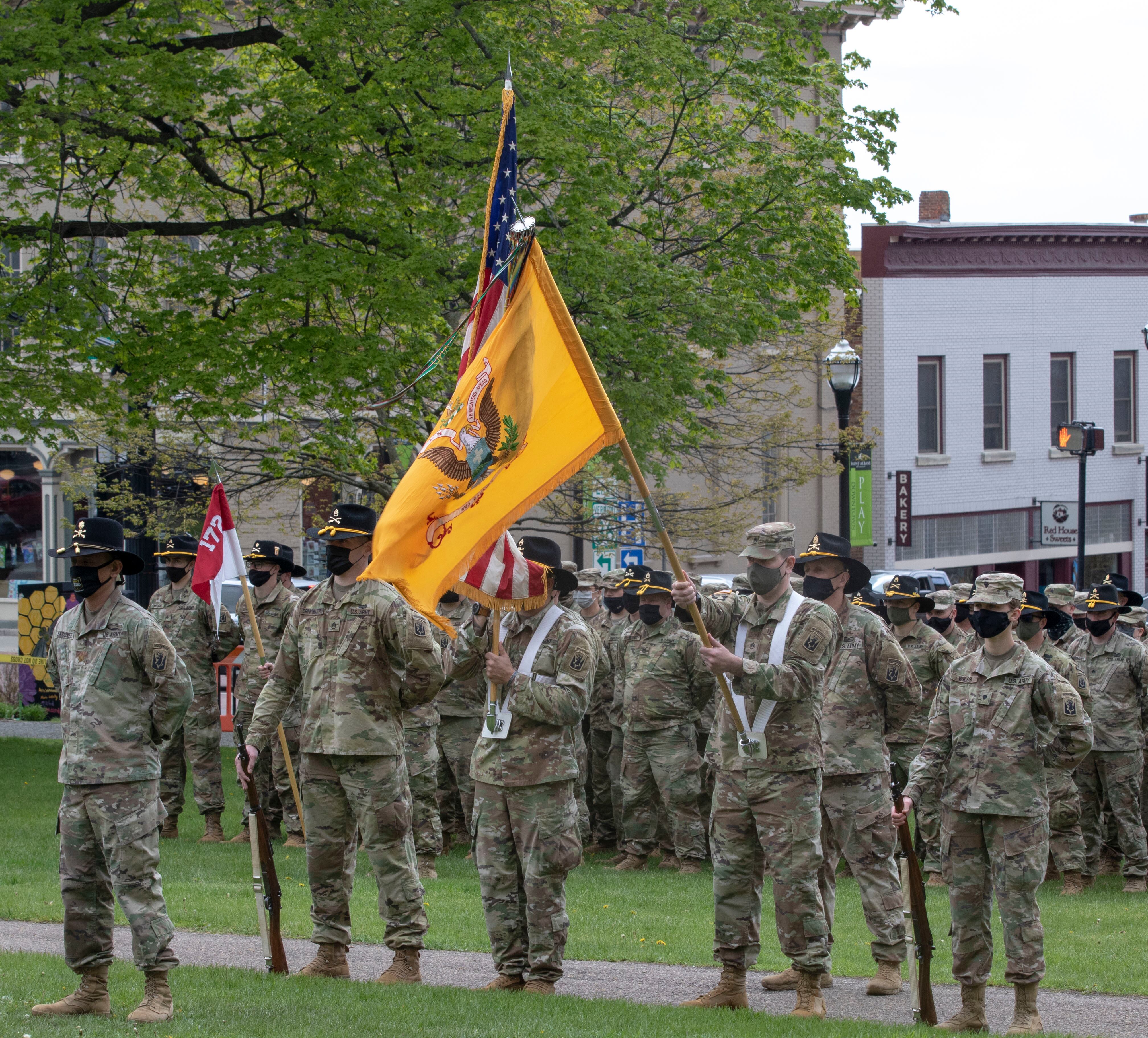
The National Guard differs from the active-duty Army in that new soldiers are assigned directly into unit vacancies from the moment they sign their contracts, though they are attached to special holding units while they complete training.
The “leader first” mandate was intended to foster healthier unit climates for junior enlisted women who would join later in the integration process, but it proved easier for the active-duty Army than the Guard. Soldiers switching to combat arms jobs — such as infantry and cavalry scout positions in Vermont — must attend weeks or months-long schools to qualify for the positions.
For an active-duty soldier, reclassification means a temporary duty assignment to the training location. But for Guard members, reclassification means additional weeks or months away from their civilian employers on top of their existing training requirements, posing a potential barrier to entry for talented female leaders.
RELATED
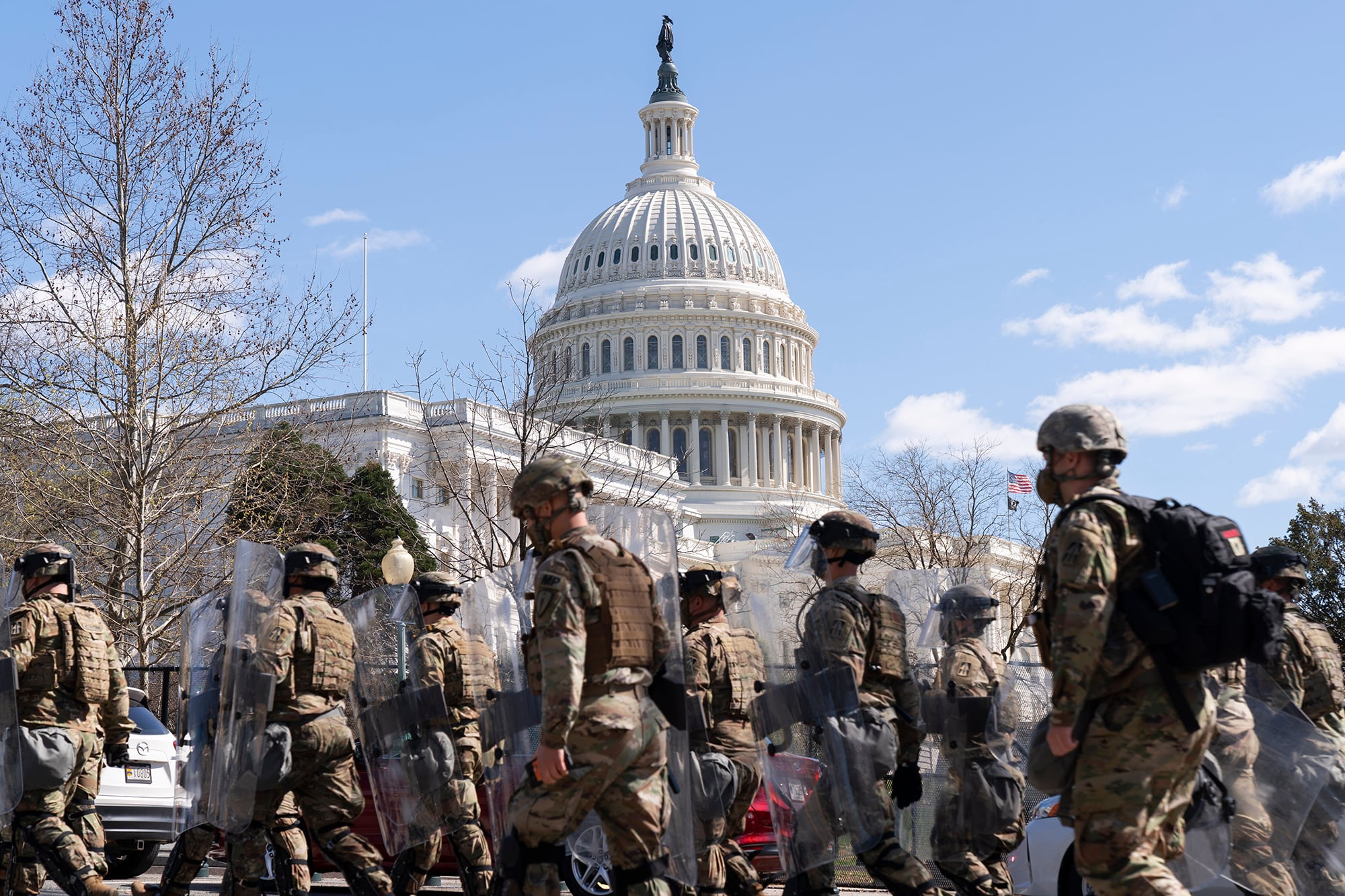
Nonetheless, Vermont fully opened a cavalry troop to women in March 2016, Tourangeau said, and the director of the Army National Guard certified that the state’s cavalry squadron and infantry battalion were fully open to women in April.
Tourangeau explained that the process required more than just female volunteers. The units underwent gender integration training and tailored command climate surveys, as well as “months” of rigorous staff review by the National Guard Bureau, Tourangeau said.
The Guard ultimately sped up the process across the force by relaxing the leaders-first requirement to stipulate that only one female leader be part of the unit, and that the woman could hold any position in the organization — not just a combat arms role.
“We were able to methodically meet the requirements for each [unit],” one-by-one, said Tourangeau, who credited state senior leadership for helping pave the way.
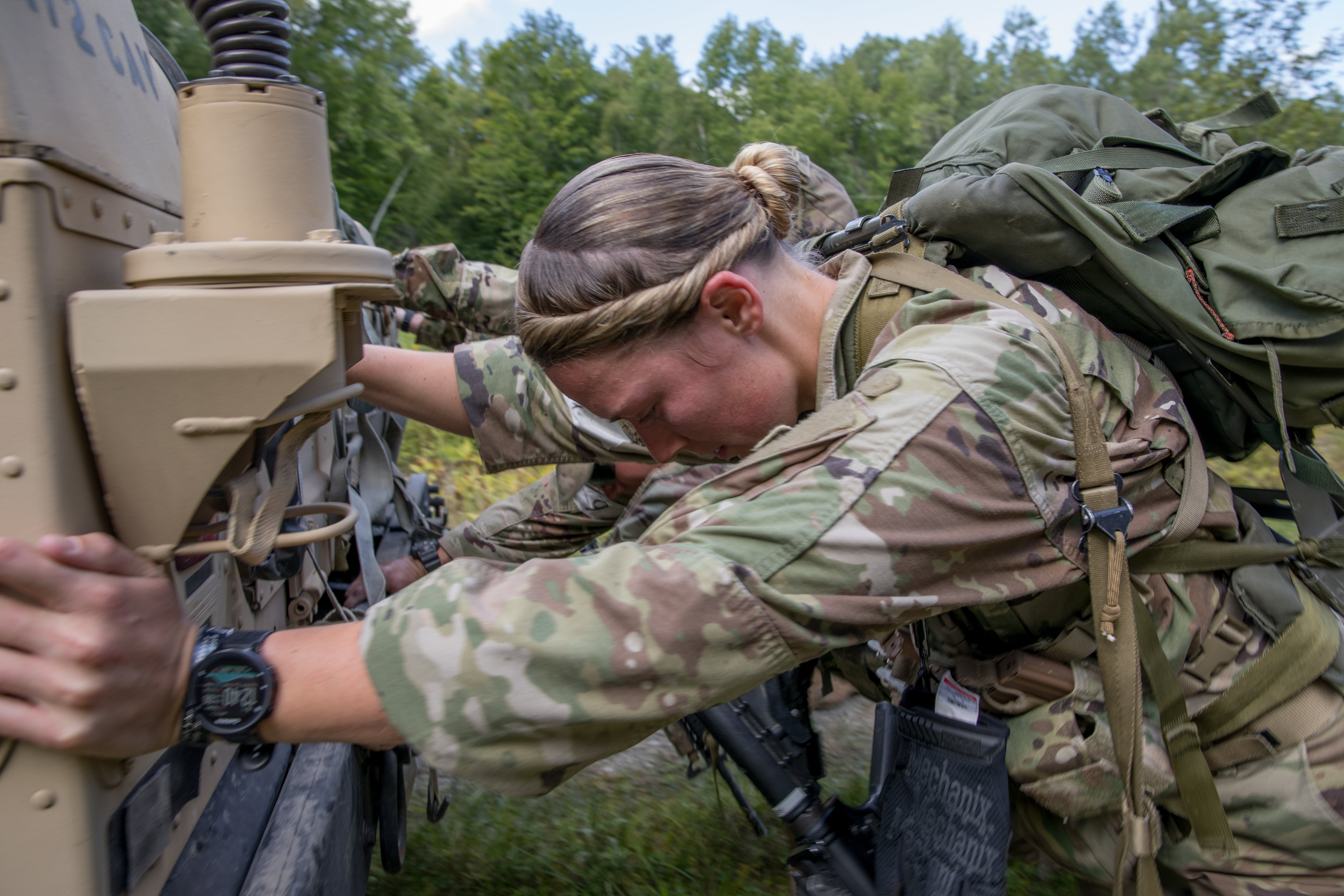
“[Maj. Gen. Gregory] Knight, the state’s adjutant general, has always been a strong advocate of this initiative,” Tourangeau said. “His support and constant encouragement was critical to breaking down perceived barriers for women to move into these leader’s first positions.”
Before his selection as the state’s commanding general, Knight served as the state G-1 — Tourangeau’s current role — overseeing the design and initial implementation of the state’s gender integration efforts.
“This represents a significant milestone in making the Vermont National Guard an organization that provides opportunity for all,” said Knight in January when the state’s cavalry squadron completed the gender integration requirements. “I am incredibly proud of the Soldiers and senior leaders of our squadron.”
“Our hope now is that more and more young women will see the National Guard as a viable career option,” Tourangeau said. “My message to young women considering enlisting into the Guard for combat arms is that if you can dream it, you can do it.”
The women
Two female leaders assigned to traditionally male-dominated career fields said they had appreciated and were motivated by the possibility of leading the way for other women.
Sgt. Gloria Kamencik initially joined the Vermont National Guard as an ammunition specialist because she wasn’t allowed to serve as a cavalry scout.
“I always knew I wanted to be a 19D, Cav Scout, but that wasn’t on the table at the time,” she explained in an email to Army Times from Kosovo, where she is currently deployed as a member of the state’s 172nd Public Affairs Detachment.
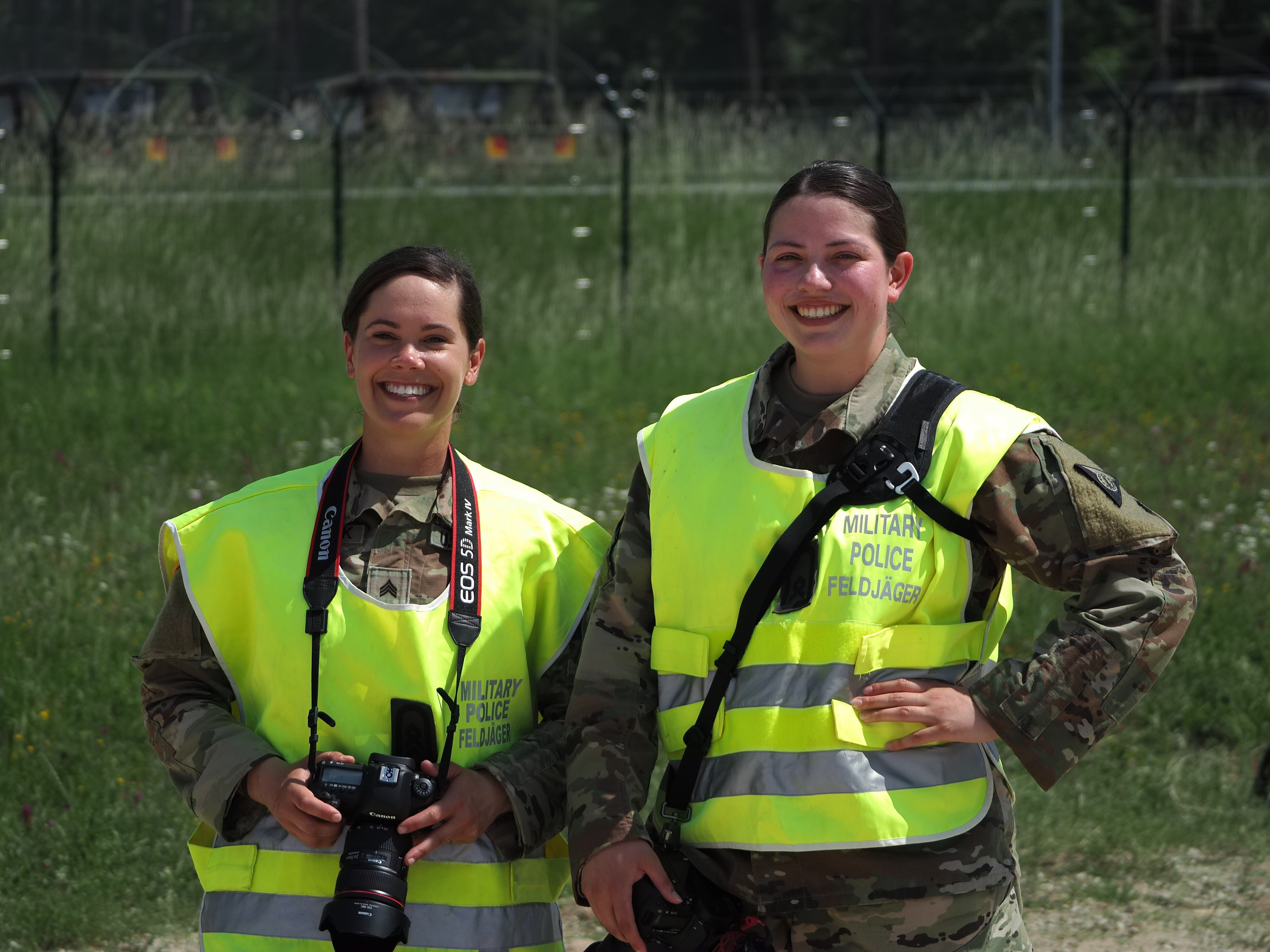
When Kamencik learned she was eligible to reclassify to be a cavalry scout, she jumped at the opportunity. She joined 1st Squadron, 172nd Cavalry Regiment, and later finished her cavalry scout training in November 2018.
Kamencik didn’t think about being her troop’s only woman until she arrived — she was just excited to be in her Army dream job.
“[At first,] there were no other women…[and] there were individuals that were skeptical of me being there,” she said. “Once the thought of being the first female really sank in, it just added fuel to the fire to succeed. It gave me more reasons to ask about opportunities that would challenge me, request more responsibility and push myself further.”
Ultimately, Kamencik said, “They became my family. I was never ‘the female’ in the Troop to them.”
Another leader, 2nd Lt. Kathleen Ambrose, described her experience as “the beginning to a bright future for both women and for the National Guard.”
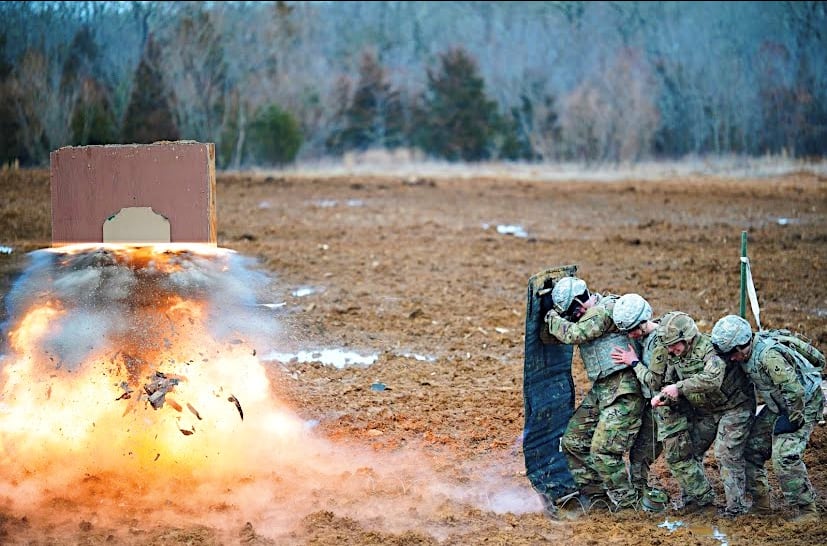
Ambrose, who describes herself as “five feet tall and extremely competitive,” is currently deployed to Djibouti, Vermont Guard officials said.
Since joining her engineer unit in 2017 as a cadet, Ambrose says the number of women there has doubled. And now she’s there as an officer.
“Honestly, it’s about time,” said Ambrose of the state’s gender integration milestone. “I know the hard work is far from over.”
Army data shows that more than three years into the integration effort, as of July 2019, only 368 women had been trained and assigned to previously closed National Guard combat arms or combat support units.
Davis Winkie covers the Army for Military Times. He studied history at Vanderbilt and UNC-Chapel Hill, and served five years in the Army Guard. His investigations earned the Society of Professional Journalists' 2023 Sunshine Award and consecutive Military Reporters and Editors honors, among others. Davis was also a 2022 Livingston Awards finalist.




